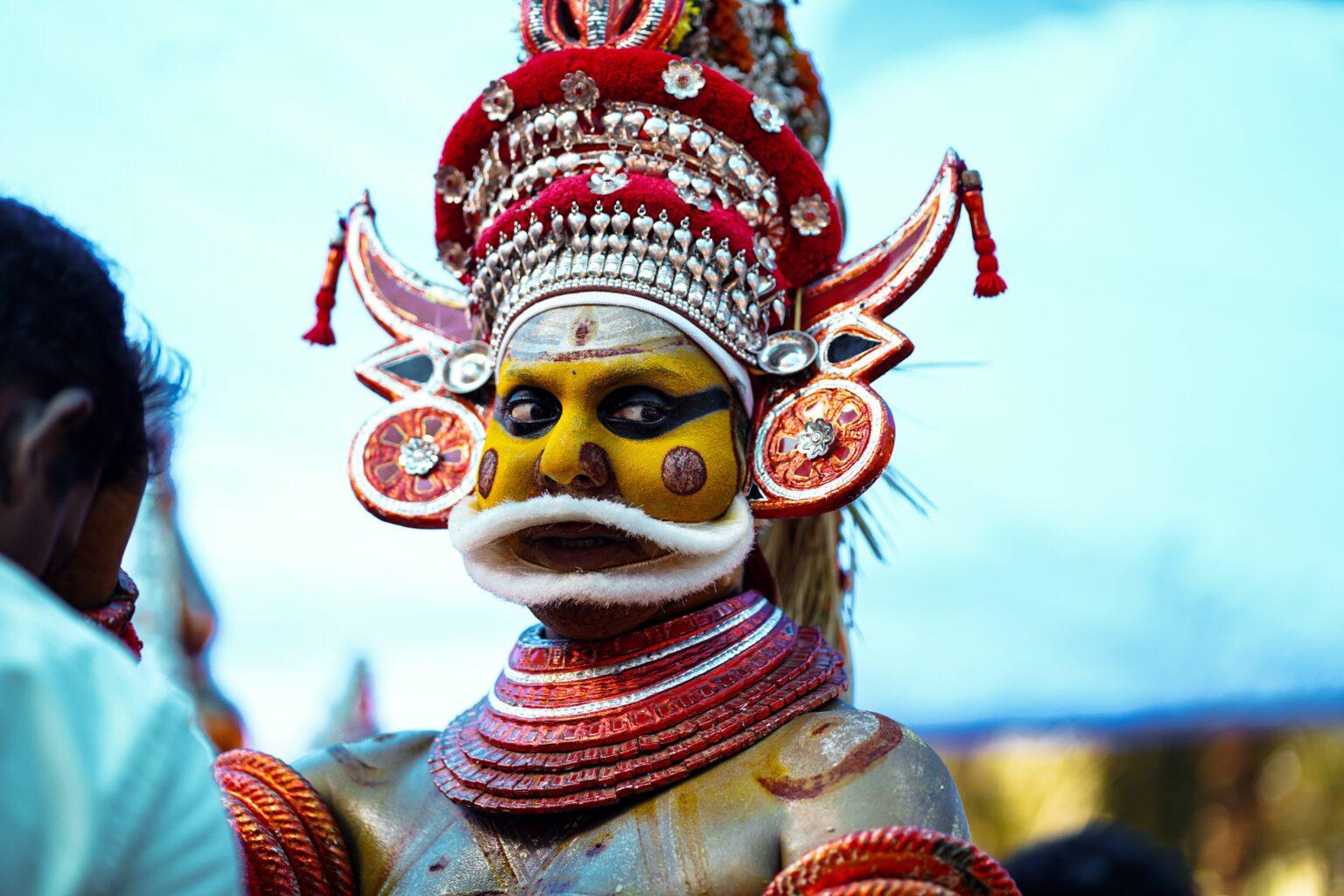Introduction
Kerala, also known as God’s own country, is a land filled with rich cultural heritage and traditions. One of the most captivating aspects of Kerala’s culture is its Traditional Dance Forms of Kerala . These dances are not only a form of entertainment but also a way to express emotions, tell stories, and celebrate the diversity of the state’s culture. If you are visiting Kerala, witnessing these mesmerizing dance forms is an absolute must.
Traditional Dance Forms of Kerala
One of the most well-known dance forms from Kerala is Kathakali. Kathakali is a classical dance form that combines elements of drama, dance, music, and mythological storytelling. It originated in the 17th century and has since become one of the most prominent art forms in Kerala. Kathakali performances are characterized by elaborate costumes, vibrant makeup, and expressive movements. The dancers wear heavy, colorful costumes and face paint that helps them portray different characters. The movements are precise and controlled, with the dancers using both facial expressions and hand gestures to convey emotions and tell stories. The music accompanying the dance is usually Traditional Dance Forms of Kerala percussion instruments, such as the chenda and maddalam. A Kathakali performance transports the audience into a world of myths and legends, leaving them spellbound with its beauty and grace.
More:Read About The Traditional Art of Block Printing in Rajasthan
Another popular dance form from Kerala is Mohiniyattam. Mohiniyattam is a graceful and sensual dance form that originated in the 18th century and is performed exclusively by women. The word ‘Mohiniyattam’ means ‘the dance of the enchantress’, and true to its name, the dance mesmerizes the audience with its elegance and charm. The dancers wear traditional white and gold sarees, adorned with delicate jewelry. The movements in Mohiniyattam are fluid and gentle, with emphasis on the eyes, hands, and facial expressions. The dancers use subtle expressions and delicate gestures to express emotions and narrate stories. Mohiniyattam is often accompanied by Carnatic music, and the lyrics are usually in Malayalam, the local language of Kerala. Witnessing a Mohiniyattam performance is like watching poetry come to life, with the grace and beauty of the dancers leaving an indelible impression on the audience.
Kerala is also home to the Traditional Dance Forms of Kerala . Theyyam is a unique ritualistic dance form that is performed as part of various religious festivals in the region. Theyyam performers, known as ‘theyyakkolams’, embody the spirits of gods and heroes and perform elaborate rituals to invoke their presence. Theyyam performances take place in specially constructed temporary open-air stages called ‘kaavus’. The performers wear elaborate costumes and vibrant face paint, transforming themselves into divine beings. The dances are accompanied by traditional percussion instruments and the chanting of ancient hymns. Theyyam performances are not just artistic expressions but also act as a spiritual and healing experience for the participants and the audience. Witnessing a Theyyam performance is a truly unique experience that takes you deep into the heart of Kerala’s religious and cultural traditions.
Apart from these, Kerala is also known for its other traditional dance forms like Koodiyattam, Thiruvathira, and Ottamthullal. Koodiyattam is one of the oldest classical dance forms in the world and is recognized by UNESCO as a masterpiece of the oral and intangible heritage of humanity. Thiruvathira is a women’s dance form that is performed during the month of Dhanu (December-January) to celebrate the goddess Parvati. Ottamthullal is a solo dance form that combines elements of poetry, music, and dance and is known for its satirical nature.
Witnessing the traditional dance forms of Kerala is not only a source of entertainment but also an opportunity to immerse yourself in the rich cultural heritage of the state. These dances are a testament to the talent and skill of the performers, as well as the deep-rooted traditions that have been passed down through generations. The vibrant costumes, intricate makeup, and expressive movements create a visual spectacle that stays with you long after the performance is over.
More: Wanted to download Odisha Magazines, visit here
So, if you are in Kerala, make sure to witness the mesmerizing performances of Kathakali, Mohiniyattam, Theyyam, and other traditional dance forms. Immerse yourself in the beauty of Kerala’s culture and let the rhythmic movements and enchanting music transport you into a world of myths and legends. Witness the magic of Kerala’s traditional dance forms and create memories that will last a lifetime.
FAQ For The Traditional Dance Forms of Kerala
What are the Traditional Dance Forms of Kerala ?
Kerala, a state in southern India, is known for several traditional dance forms, including Kathakali, Mohiniyattam, Koodiyattam, Thullal, and Theyyam.
What is Kathakali?
Kathakali is a colorful and dramatic dance form that combines elements of dance, music, and elaborate costumes. It involves intricate facial expressions, hand gestures, and body movements to portray stories from Hindu epics.
What is Mohiniyattam?
Mohiniyattam is a graceful dance form performed predominantly by women. It focuses on subtle body movements, rhythmic footwork, and expressive facial gestures to narrate mythological stories and love themes.
What is Koodiyattam?
Koodiyattam is one of the oldest existing theater traditions in the world. It combines elements of dance, drama, and music to bring ancient Sanskrit plays to life. Koodiyattam performers undergo rigorous training and wear elaborate costumes.
What is Thullal?
Thullal is a solo performance that combines dance, music, and storytelling. It is known for its comic elements, social satire, and quick improvisation. Thullal usually involves a performer narrating and enacting a story while wearing colorful costumes and using distinctive facial expressions.
What is Theyyam?
Theyyam is a highly vibrant and powerful ritualistic dance form. It is performed as an offering to deities and involves elaborate makeup, costumes, and vigorous movements. Theyyam performances portray various gods and goddesses from Hindu mythology.

